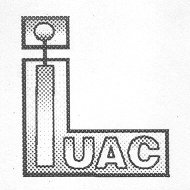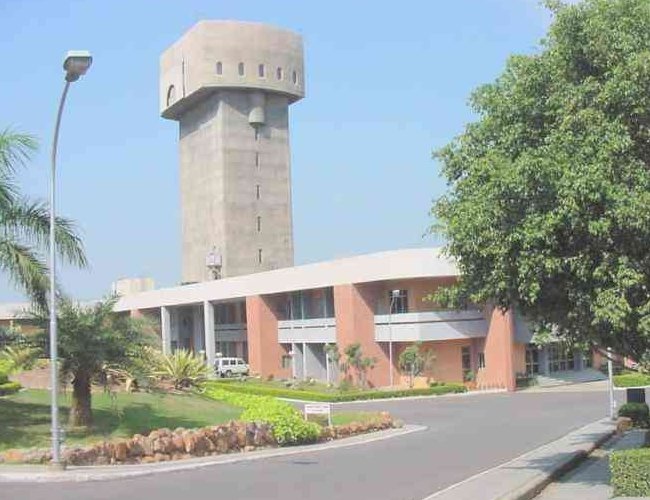|
Home-made Clover modules are used for processing the energy signals from
Clover detectors and anti-Compton shields. The timing logic for
Compton-suppression along with the generation of required strobes for
data collection and pile-up rejection were also incorporated in this
module. The gain setting of the shaping amplifiers of Clover segments
are kept at 4 MeV range. One NIM bin is used for powering four Clover
modules. Eight detectors are grouped into one unit for creating
multiplicity of γ-rays and for collecting data through one CAMAC
crate. The combined multiplicity from all three crates is used for
event selection.
New home-made LPCC CAMAC modules have been fabricated combining the
List Processor (LP) and the Crate Controller (CC) which enables the
data collection rates up to 1700 kilo bytes per second. Three CAMAC
crates each having four 14 bit, 8 channel home-made AD814 ADCs, are
used to collect data from all Compton-suppressed Clover detectors.
The first CAMAC crate has the trigger generator which entertains the
event trigger and transmits it to the other two CAMAC crates via
trigger receiver modules of respective crates to maintain the
synchronization of data between the three crates. The TDCss
(PHILLIPS 7186) are used to create the hardware bit pattern in each
CAMAC crate. The hardware bit pattern based data collection (CNAF
list changes as per the bits raised for each event in TDC's of each
crate) is also enabled to have more data collection due to zero
suppression in data readout. The data collection software CANDLE is
run in a dedicated PC with local data archival system. All the bias
supplies, analogue processing modules and analogue to digital
converters (except TDCs) have been fabricated in-house.
| 


